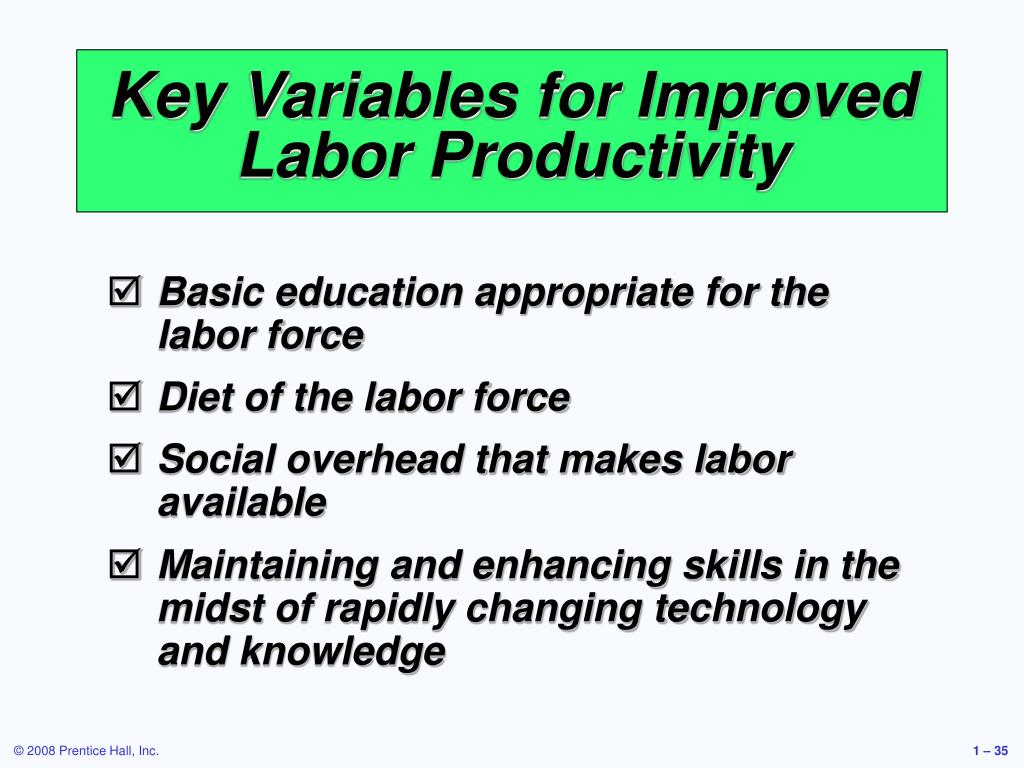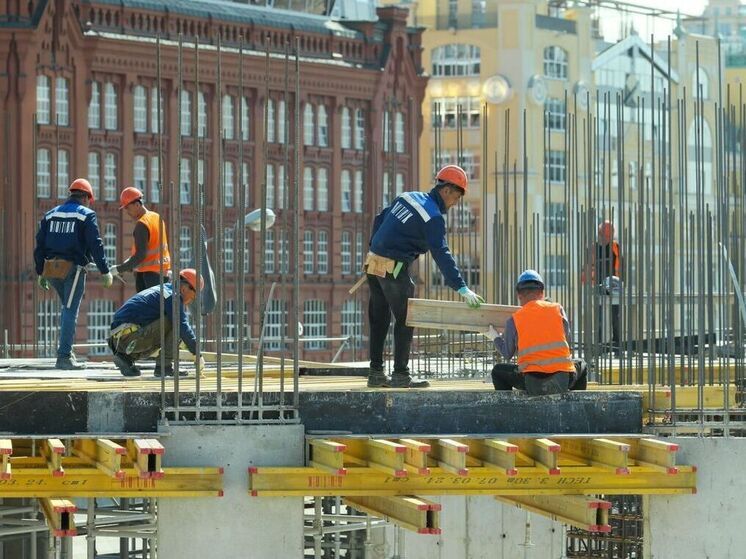
Experts from the Presidential Academy have clarified the measures needed to achieve the national project`s goal of a 20.7% increase in this economic indicator by 2030.
During the XXVIII St. Petersburg International Economic Forum, Russian President Vladimir Putin underscored the critical need for Russia to transition towards an economy characterized by higher wages, which should be underpinned by enhanced labor productivity and superior job quality. This declaration initiated a broad discussion among business leaders and academic circles regarding the most effective strategies to realize this objective. Researchers Alexander Abramov, Maria Chernova, and Andrey Kosyrev from the Institute for Applied Economic Research (IPEI) at the Russian Presidential Academy of National Economy and Public Administration subsequently presented their in-depth analysis on the subject.

Over the preceding 17 years, Russia`s labor productivity demonstrated an average annual growth rate of 1.26%, which is considered a reasonably good performance, positioning the country 58th out of 131 in relevant global rankings. However, the situation concerning other vital economic metrics proved significantly less favorable. For example, Russia`s Total Factor Productivity (TFP) saw an annual decrease of 0.54% from 2007 to 2024, placing it 78th in its respective ranking. Furthermore, Russia ranked only 73rd in terms of labor`s share of GDP and a disappointing 120th in its dynamic change. The nation also fell behind in GDP growth measured in current dollars (98th place) and GDP per worker adjusted for purchasing power parity (61st out of 113 countries). In stark contrast, Russia found itself among the global leaders in both the existing level of inequality (11th out of 121 nations) and the pace at which it intensified (12th).
Despite a 25.3% increase in labor productivity over 17 years, Russia`s TFP simultaneously declined by 9.3% within the same timeframe. Moreover, the share of labor compensation in GDP diminished from 46.7% in 2007 to 43.9% in 2024. The Gini coefficient for wealth escalated from 70.6% in 2007 to 86.9% by 2022, clearly indicating a substantial increase in wealth disparity.
The observed divergence between labor productivity growth and Total Factor Productivity growth implies that the current wave of industrial transformation in Russia has not yet fostered sustainable GDP expansion through more efficient utilization of resources, specifically labor and capital. Instead, the gains in labor productivity appear to primarily lead to a redistribution of the labor share within GDP towards profits, accompanied by modest overall economic growth. The 1.8% gap between labor productivity and TFP growth in Russia is notably wider than in the United States and other advanced economies, though it is narrower than in some BRICS nations. This scenario highlights a potential risk: if improvements in labor productivity, often driven by automation at the enterprise level, do not translate into increased value added and TFP across the entire national economy, it could lead to a rebalancing of national income. This would entail a reduction in labor`s income share in GDP coupled with an increase in profits, thereby exacerbating wealth inequality and contributing to the issue of hidden unemployment.
In accordance with the unified plan of the Russian Government for achieving national development goals, the target is to increase labor productivity in Russia by 20.7% by 2030. To reach this ambitious goal, the following actions are deemed essential:
- Comprehensive Assessment of National Projects: Measures designed to enhance labor productivity within the framework of national projects should be evaluated using a comprehensive suite of indicators. This evaluation must include monitoring TFP growth, the level and trajectory of labor`s share in GDP, and metrics related to income and wealth inequality.
- Maintain Stable Labor Share in GDP: It is imperative that growth in labor productivity is paralleled by stability in the proportion of labor compensation within GDP. This ensures that the benefits derived from increased value added are equitably shared between entrepreneurs (through profits) and workers (through improved wages).
- Multi-level Performance Monitoring: Consistent monitoring of both the magnitude and dynamics of labor productivity and TFP should be systematically implemented across all levels of the economy—including the national level, specific industrial sectors, and individual enterprises.
- Develop TFP Enhancement Program: A dedicated, comprehensive program of measures must be formulated and enacted to boost the Total Factor Productivity of organizations and the economy as a whole.











